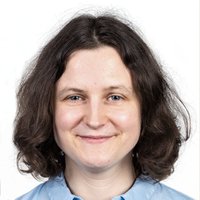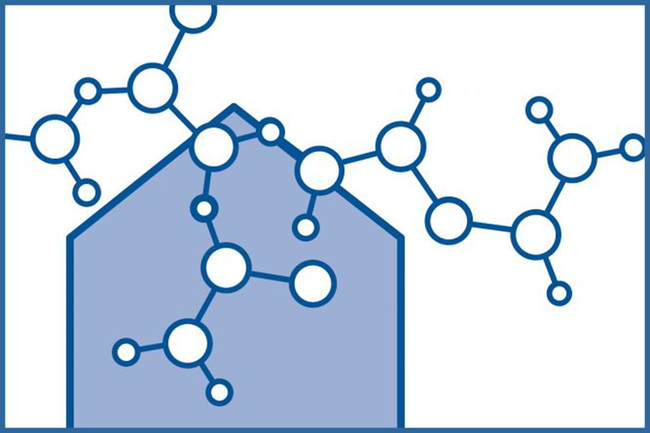New Science Format: Science@Home
Science Transfer in Times of Corona: via Website and Live Stream
On 8 May 2020, the “Long Night of Research” was supposed to take place throughout Austria and at the St. Pölten UAS as well. Due to the Covid-19 pandemic, however, the event had to be postponed to 9 October 2020. In order to sweeten the waiting time until then, the UAS reacted fast and launched a new, interactive online format: Science@Home.
Research Topics Presented in Short Videos
For this format, we called upon our researchers currently working from home to send us short videos presenting their research. Several of them rose to the challenge, which is why our Science@Home live stream on 8 May featured ten research videos and two live lectures from the researchers’ homes. The live stream was complemented by a quiz enabled through the quiz app Tenjin developed at the St. Pölten UAS which the viewers of the stream could participate in. Of course, they also had the opportunity to ask our researchers questions pertaining to the presented content.
Fortunately the event itself and especially the opportunity to ask questions in the chat were both well received. Participating pupils of the media classes of the business school HAK Hollabrunn were particularly impressed by the presentation of the virtual accident exercise scenario for the Red Cross developed by master degree students Nicole Bilek and Alisa Feldhofer. The HAK Hollabrunn also reported on the Science@Home event on its website.
The two live lectures met with particularly keen interest as well. Thomas Hawel, researcher at the Institute of Creative\Media/Technologies, explained the Blockchain technology, while Johannes Pflegerl, head of the Ilse Arlt Institute for Social Inclusion Research, talked about UmBrello: an interdisciplinary system developed at the St. Pölten UAS designed to support senior citizens in their everyday lives by turning the TV set into a communication centre. By means of this easy-to-use system, the elderly can talk to and play games with friends and caregivers and even participate in physiotherapy sessions. The relevance of such solutions during the coronavirus pandemic was discussed in particular.
Looking up and Trying out Content on the Website
In addition to the live stream, a website was created which lets interested persons to try out Internet applications developed by the UAS themselves. The research videos are now also available on this website.
While the virtual event Science@Home was an exciting new experience which was well received by the audience, we are obviously looking forward to the end of the Covid-19 pandemic when we will have the joy of welcoming visitors to the St. Pölten UAS in person once again. However, a virtual format definitely has its merits even apart from the current necessity. For example, it is accessible for people for whom physical attendance at the UAS is impossible. It is safe to assume that virtual formats in general will become more important in our increasingly digitalised world – not to replace physical contact, but to complement it.

Mag. Dr. Angelika Czedik-Eysenberg
Science Communication and Public EngagementResearch and Knowledge Transfer Center for Research and Cooperation
